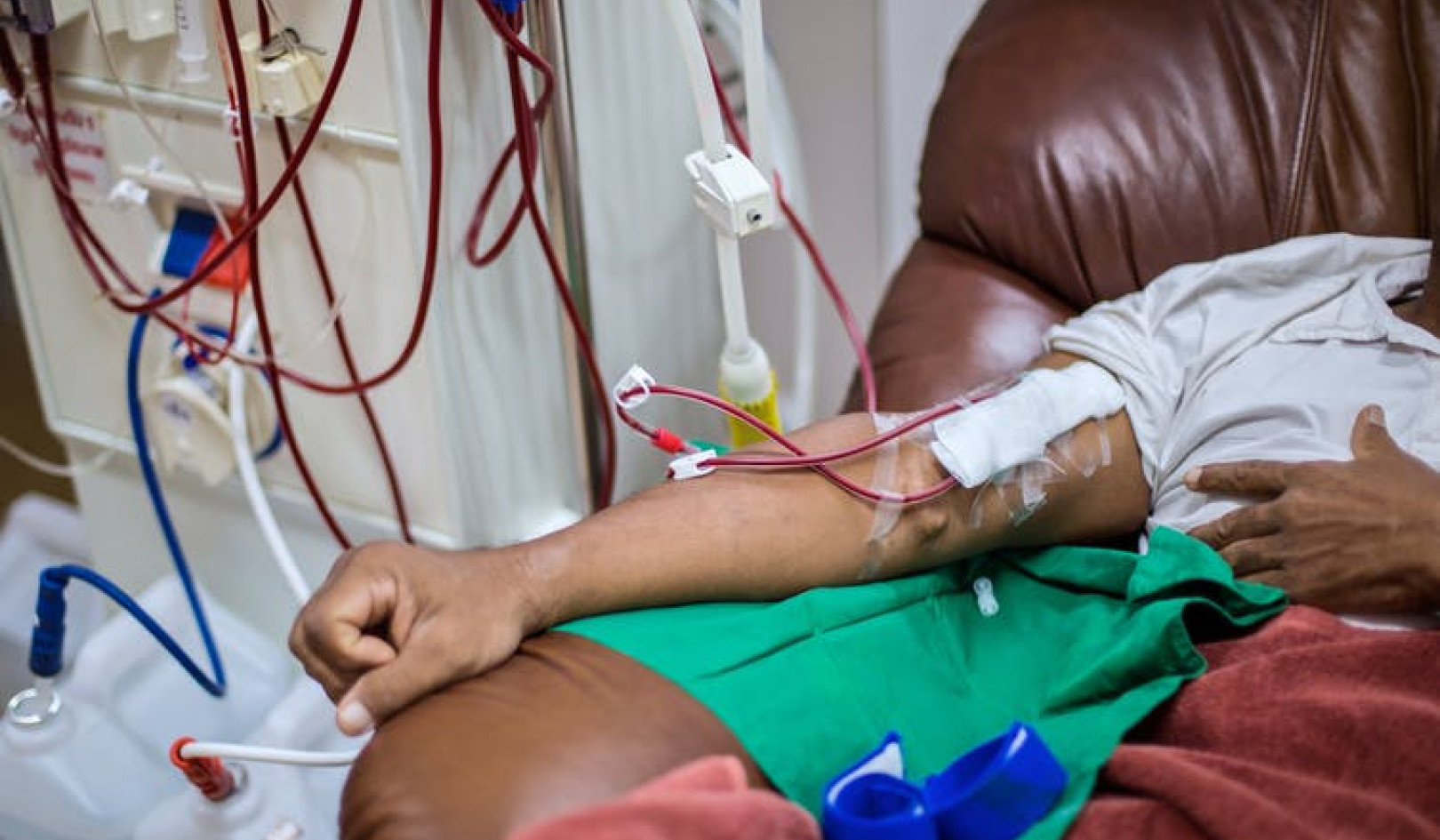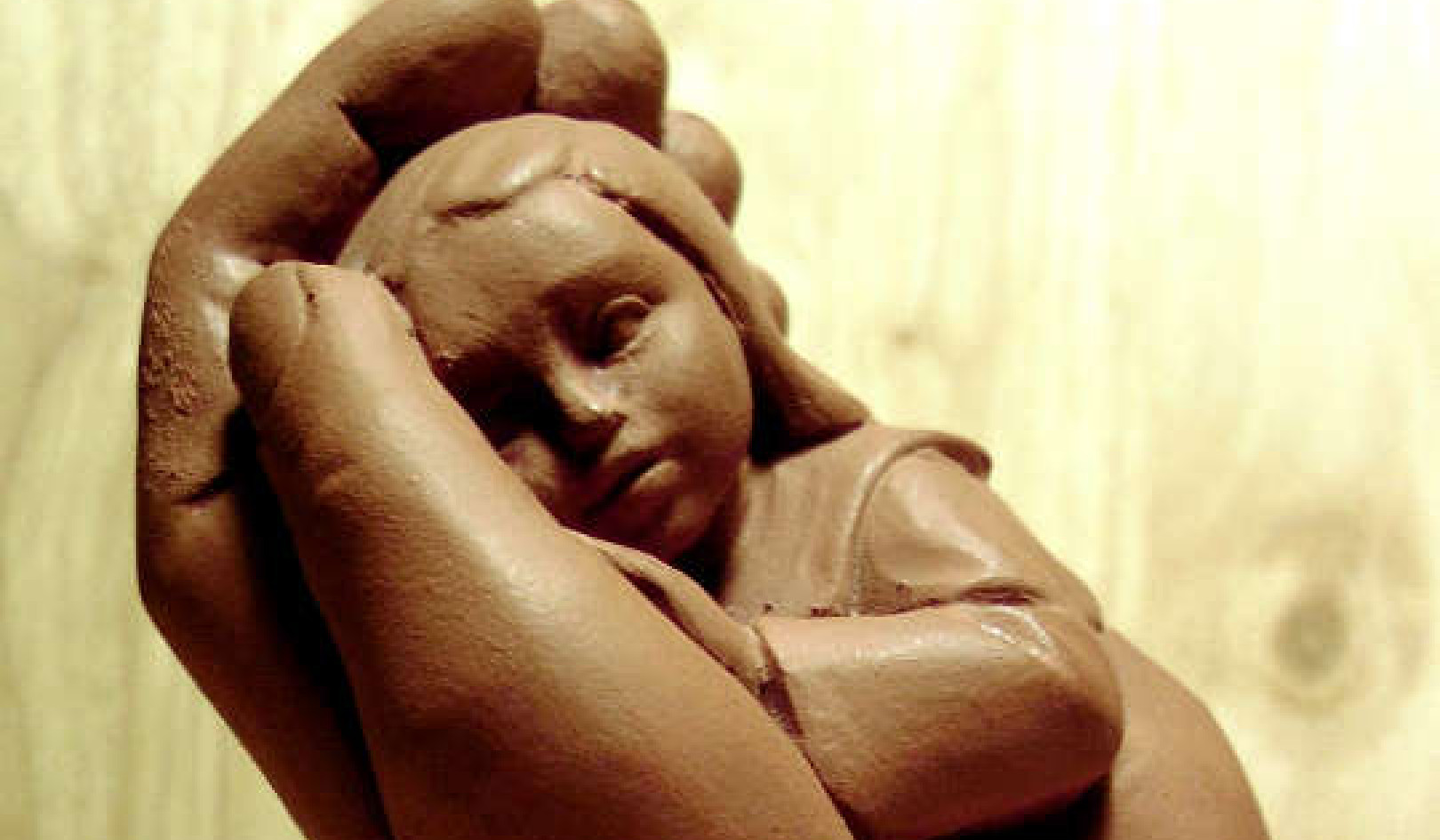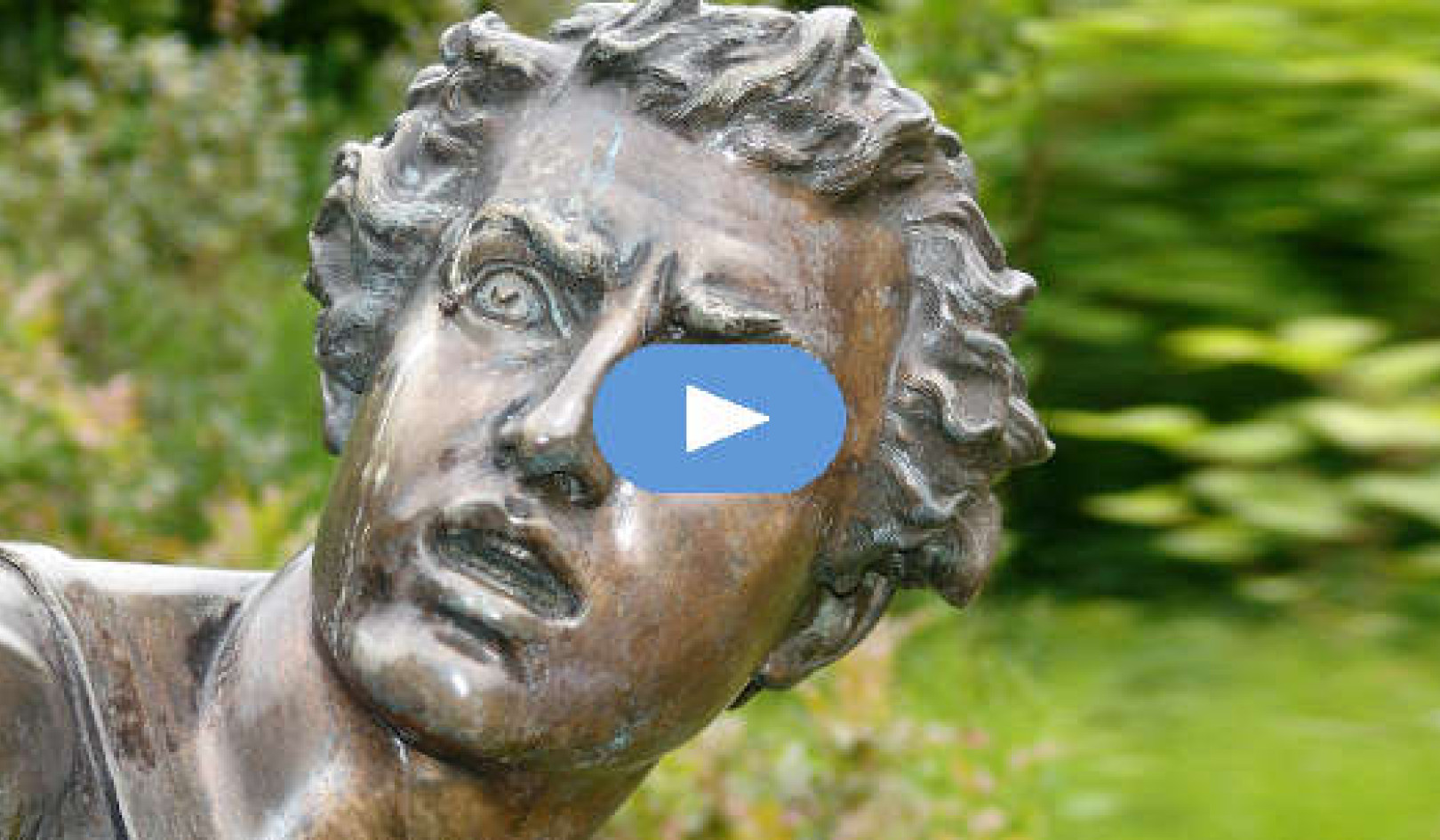
Do you ever wonder why you do things specifically the way you do? Whether I’m reading a patient’s echocardiogram or loading the dishwasher, I have “a way” to do it, which is different from someone else’s “way.” How does this happen?
Unlike other mammals, we are born helpless and clueless. Our brains have all the neurons but the synapses are formed through experience. When signals flow through the same neurons in response to pain and pleasure, those neurons develop a casing of protein known as myelin. If you’re going to do the same thing repeatedly, you might as well discover a shortcut. This is exactly what the neurons do. Signals travel much faster with myelin, which develops through the same response repeated via the limbic system.
To become more efficient, new synapses are formed between the neurons that we use the most. Electrical signals jump from one neuron to another through chemicals. The first produces a chemical which floats over to the other that has its receptors, which are protein bits in precise shapes that fit the chemical molecule perfectly. If the same pathway is used again and again, more receptors are produced. If not, they decrease. Pathways fortified through acting and feeling the same way become superhighways. While the frequently used neurons become superhighways, the ones that are not used wither and die.
Are We The Helpless Slaves Of Our Habits?
This does not mean we become helpless slaves of the limbic system. The situation is to the contrary, thanks to our very well-developed neocortex. The prefrontal cortex is the part of the brain that chooses. This part of your brain is continually weighing your options in response to the limbic system’s automatic firing. This is where your decision to act on the impulse or to find another way rests.
Once you decide, the limbic system responds to tell you if it is going to make you feel pain or pleasure. At the same time, different parts of your brain are processing information coming in from the world around you and within you. And it all happens in milliseconds, without your conscious effort or awareness.
If you give in to the impulse again and again, you help create the superhighway of habit. Driven by dopamine and the intricate web of hormones produced in response to the electrical pathways in the nerves, you seek the object again and again even when your neocortex advises you against it. The conflict between your reasoning and the habit superhighway creates stress — you know what is good for you, but you simply can’t help it.
The Toll Of Stress
How you think, feel and respond to your situation results in the release of various hormones, triggering the autonomic nervous system (ANS) to fire in specific ways to affect the organs. Growing research in the past two decades is demonstrating the intricate ways in which the mind influences the ANS in the causation and progression of heart disease.
The heart is a pump, but it is much more than a pump. Along with the brain, hormonal system, ANS, metabolic and immune systems, the cardiovascular system helps the body cope with stress. If our outlook toward life is one of resilience, the spurts of cortisol and other stress hormones tend to come down in hours or days.
However, when we don’t deal with stress in wholesome ways, these hormones remain in the bloodstream chronically.
The brain cannot differentiate between acute and chronic stress and responds to the levels of stress hormones circulating in the blood by redirecting the body’s resources for immediate action. Cortisol mobilizes glucose from the liver. The pancreas reacts to increased blood glucose by releasing more insulin.
Over time, the organs are overwhelmed by cortisol, increased insulin and the constant battle between themselves. The result of chronically elevated insulin is metabolic syndrome with an increase in serum triglycerides and a chemical known plasminogen activator-1 that increases blood clotting, and a decrease in high-density (good) lipoprotein. In addition, cortisol inhibits the immune response, sensing that this fighting off infections can wait. Instead, it prepares the body to fight by increasing intravascular volume and rearranging fatty tissue.
Activation of the sympathetic nervous system by stress releases epinephrine, a hormone that increases the heart rate and decreases heart rate variability, an indicator of ANS health. If your ANS is healthy, your heart rate should fluctuate greatly from moment-to-moment. It should increase with inhalation and decrease with exhalation. It should increase when you exercise and return to normal within a few minutes of stopping the activity. This tells us that the two arms of your ANS are working as they should. Decreased heart rate variability is an indicator that the ANS is out of balance.
Both the cortisol and the epinephrine pathways cause endothelial dysfunction and the overcharged sympathetic arm of the ANS stimulates the production of chemicals known as cytokines that activate the inflammatory response. With the presence of endothelial dysfunction, inflammation rapidly leads to atherosclerosis, heart failure, arrhythmias and other potentially fatal conditions. In addition, stress hormones affect learning and memory through their effects on various areas of the brain including the hippocampus.
The most dramatic effect of stress on the heart is seen in stress cardiomyopathy, a condition more commonly seen in women. In this condition, acute emotional or psychological stress causes patients to present with symptoms that are indistinguishable from a heart attack. However, no blockage can be found on angiography and patients are found to have elevated sympathetic activation and stress hormones in the blood. The heart muscle is transiently weak, often regaining function over time. In fact, the discovery and exploration of stress cardiomyopathy has given more credence to the role of emotional and mental stress in heart disease.
Default Versus Bliss Model Perspectives
Everything we have been discussing with regard to the neurohormonal pathways refers to the default model. Our quest for survival that drives our behaviors arise from taking ourselves to be the body-mind, which thrives on seeking pleasure and avoiding pain, struggling to find fulfillment in objects and relationships and being distressed when these goals are not achieved. The body pays a price for this fundamental misunderstanding, turning against itself by using the very neurohormonal pathways that keeps us bound to the identity as the body-mind.
The bliss model describes these pathways from a different perspective. In this model, the various pathways of the brain are seen to result in mental modifications that obscure our true nature. They are like a covering of dust upon a mirror, which obscures our reflection. We become so enchanted with the dust that we forget what lies underneath it. We can rearrange the dust by turning bad feelings into good ones, but that doesn’t change the fact that it is still dust and that it still obscures the mirror.
Neurohormonal pathways are vital to our identification as the body-mind, and keep us steeped in dualities such as good and bad, pain and pleasure, desirable and undesirable, and so on. Wherever there is good, we can be sure that there will be its opposite, bad. Hence, we can never successfully convert all bad to all good. Even if we succeed, as long as we are identified as the body-mind, we will eventually come face-to-face with something that causes us pain or distress. Hence the solution is not merely to reduce stress or suffering but to examine the very basis of it, which is false identification.
©2018 by Kavitha Chinnaiyan. Reprinted with permission.
Published by Llewellyn Worldwide (www.llewellyn.com)
Article Source
The Heart of Wellness: Bridging Western and Eastern Medicine to Transform Your Relationship with Habits, Lifestyle, and Health
by Kavitha M Chinnaiyan
 Transform your relationship with habits, lifestyle, and disease using Dr. Kavitha Chinnaiyan's remarkable approach to health. Integrating modern medicine and the ancient wisdom of Yoga, Vedanta, and Ayurveda, The Heart of Wellness shows you how to break free of the false assumption that disease is something you need to fight. Instead, you'll explore the mind-body connection and your true nature so that you can end suffering and embrace the unlimited bliss of who you are.
Transform your relationship with habits, lifestyle, and disease using Dr. Kavitha Chinnaiyan's remarkable approach to health. Integrating modern medicine and the ancient wisdom of Yoga, Vedanta, and Ayurveda, The Heart of Wellness shows you how to break free of the false assumption that disease is something you need to fight. Instead, you'll explore the mind-body connection and your true nature so that you can end suffering and embrace the unlimited bliss of who you are.
Click here for more info and/or to order this book.
About the Author
 Kavitha M Chinnaiyan, MD, (Michigan) is an integrative cardiologist at Beaumont Health System and an associate professor of medicine at Oakland University William Beaumont School of Medicine. She was featured as one of the"Best Doctors of America" and has served on several national and international committees. Kavitha has also won several awards and grants for research in cardiology, was awarded the "Seeker of Truth" award for her research endeavors, and appears often on local and national radio and television. She also gives invited talks on ayurveda, medicine and spirituality, and yoga for heart disease. Kavitha created the Heal Your Heart Free Your Soul holistic prevention program and shares its teachings through weekend retreats, workshops, and intensive courses. Visit her online at www.KavithaMD.com.
Kavitha M Chinnaiyan, MD, (Michigan) is an integrative cardiologist at Beaumont Health System and an associate professor of medicine at Oakland University William Beaumont School of Medicine. She was featured as one of the"Best Doctors of America" and has served on several national and international committees. Kavitha has also won several awards and grants for research in cardiology, was awarded the "Seeker of Truth" award for her research endeavors, and appears often on local and national radio and television. She also gives invited talks on ayurveda, medicine and spirituality, and yoga for heart disease. Kavitha created the Heal Your Heart Free Your Soul holistic prevention program and shares its teachings through weekend retreats, workshops, and intensive courses. Visit her online at www.KavithaMD.com.
Books by this Author
at InnerSelf Market and Amazon



























